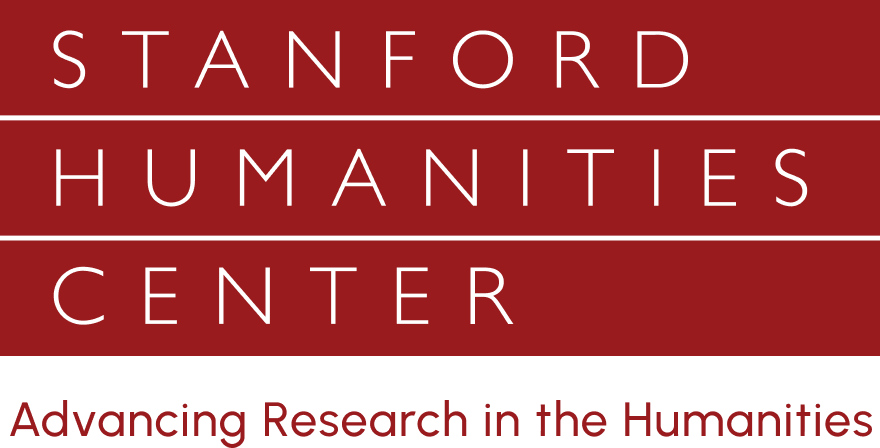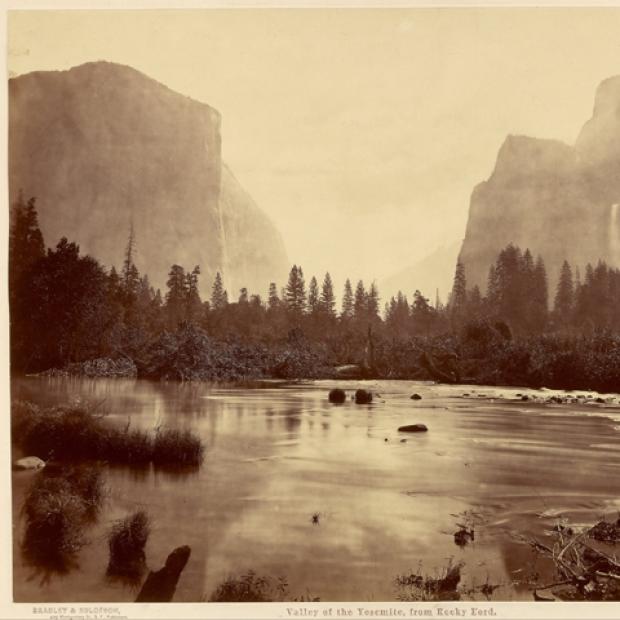The April, 2014 general elections in India gave a strong mandate to Narendra Modi and his Bharatiya Janata Party (BJP) and its platform of reviving Indian economic and political performance. The United States, still in the midst of a chill in Indo-U.S.relations stemming from the arrest of an Indian diplomat in New York some months earlier, and after a long period of minimal contact with then-Gujarati Chief Minister Modi, reached out quickly after the election with a phone call from President Obama inviting the PM-elect to the U.S. The first six months of the Modi administration saw a dramatic uptick in U.S.-India engagement across the board, including a first-ever U.S.-India Tech Summit, PM Modi's visit to Washington, and President Obama's return visit to Delhi in January 2015, the first U.S. President to visit India twice during his Presidency, and the first-ever U.S. leader visiting as "Chief Guest" at India's signature Republic Day celebrations.
So is the U.S.-India relationship now poised to be, as President Obama has predicted,"one of the defining relationships of the 21st century?" Is India under Modi making a strategic shift toward closer cooperation with the U.S.? What are the implications and likely outcomes of Modi's outreach to Asia, and his declared intent to "Act East?" What role can the U.S. play in addressing India's vast developmental and environmental challenges, including energy, climate change, sanitation, infrastructure, health, and education?





